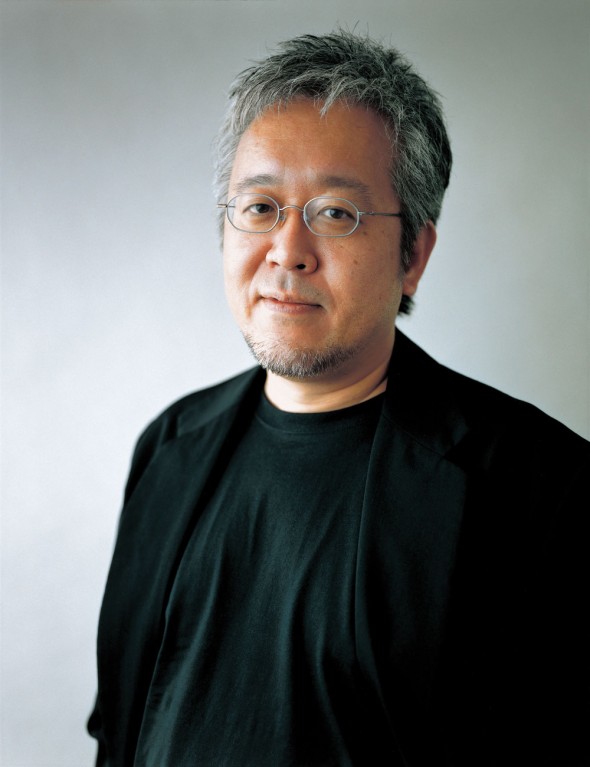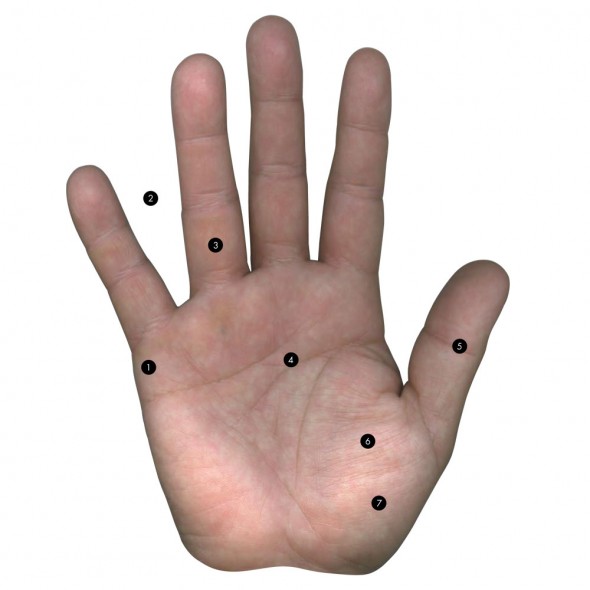
Kenya Hara is the kind of person who sees endless possibilities within emptiness.
Succinct and rationalized, the Japanese graphic designer and art director of the esteemed collective MUJI, believes that design, whether it is good or bad, can enhance a spiritual awakening in people. The ideology can be found through every aspect of Hara’s work, whether it is his international touring exhibitions: RE-DESIGN, Haptic, and Japan Car, a fragrance for Kenzo; or a signage system for a hospital. In celebration of the MUJI brand’s 30th year in the marketplace, Rizzoli has published MUJI, wherein he writes, “MUJI has been called many things: low-consumption, inexpensive, simple, anonymous, natural. In our vision, MUJI is defined by none if these adjectives alone, but is in accordance with them all. MUJI is an empty vessel.”
For those who might mistake emptiness for simplicity, could you please describe what emptiness means to you as a designer?
Emptiness is a creative receptacle that is not a message by itself. It creates a communication with the receiver’s imagination. You can also say it is a very flexible product that can be used in as many ways as we like. Let’s think about the Japanese National Flag. It’s empty. There is no exact meaning for the red circle except ‘red circle.’ However, when you can see the flag, you might imagine aggression, the Emperor, Kamikaze, Peace, the Sun, Umeboshi (Japanese plum). The symbol doesn’t have any particular message by itself, but it works simply as a flag to embrace all of these images.
What potential does this kind of emptiness offer to your design?
Whether good or bad, the value of design is to enhance a spiritual awakening. For example, let’s say you realize that people design our world square. People measure square lands and build square buildings, with a square entrance for those buildings. They ride a square elevator and get off out of a square door. Once they open the square door, there is a square table and a square TV. The windows also frame the world in a square. A square computer has a square monitor and we type on a square keyboard, print out square papers, and put them into a square envelope with square stamps. This is a seemingly ordinary thing, but the discovery, the spiritual awakening, makes you see the world differently. I believe one can feel a mysterious joy and impression through those kinds of discoveries. Good design can’t be seen when it’s working.
Why were you drawn to MUJI in the first place and what makes you excited about continuing the relationship?
I felt a kind of sympathy for MUJI’s original idea — Simple beauty surpasses luxury beauty — before I started working for MUJI. I wrote an essay based on this concept as well entitled, “What if I made a baseball team?” I’ve felt like it would be fun if one gathered older pitchers and batters that rarely hit home runs and see if that team could beat out other strong all-star teams. The passion for MUJI might be similar to the impulse one would feel for that team to win.
What do you still find mysterious about design?
I always try my best for my work, but it does not always turn out with good results and that’s still mysterious.
– Patrick Knowles
This reading is by Lena, who has no idea this palm belongs to Kenya Hara.
1. He tends to have more interest in the ideas and things he creates with his imagination than in having physical offspring.
2. Prone to living in his head—feels a connection to his friends and family, but also feels deeply about his mental creations as well. These inventions are his “babies.”
3. Despite a tendency to intellectualize, this person is actually pretty good with physical matter and will succeed as a creative maker of physical objects.
4. He balances his intellectual tendency to put ideas into immediate action with a sense of compassion for himself and others. This will occasionally curb his brilliant intellect, but it makes him a kinder individual.
5. This is a “mind over matter” type of individual who has a strong will to succeed and is mindful of the impact his choices have on the world and people around him.
6. In the course of his life, he will find himself “stuck” in situations that limit his movement or his choices. However, these are often situations of his own making.
7. He uses his willpower to curb his own tendency towards excess (excess appetites, excess passions, and excess desires).


